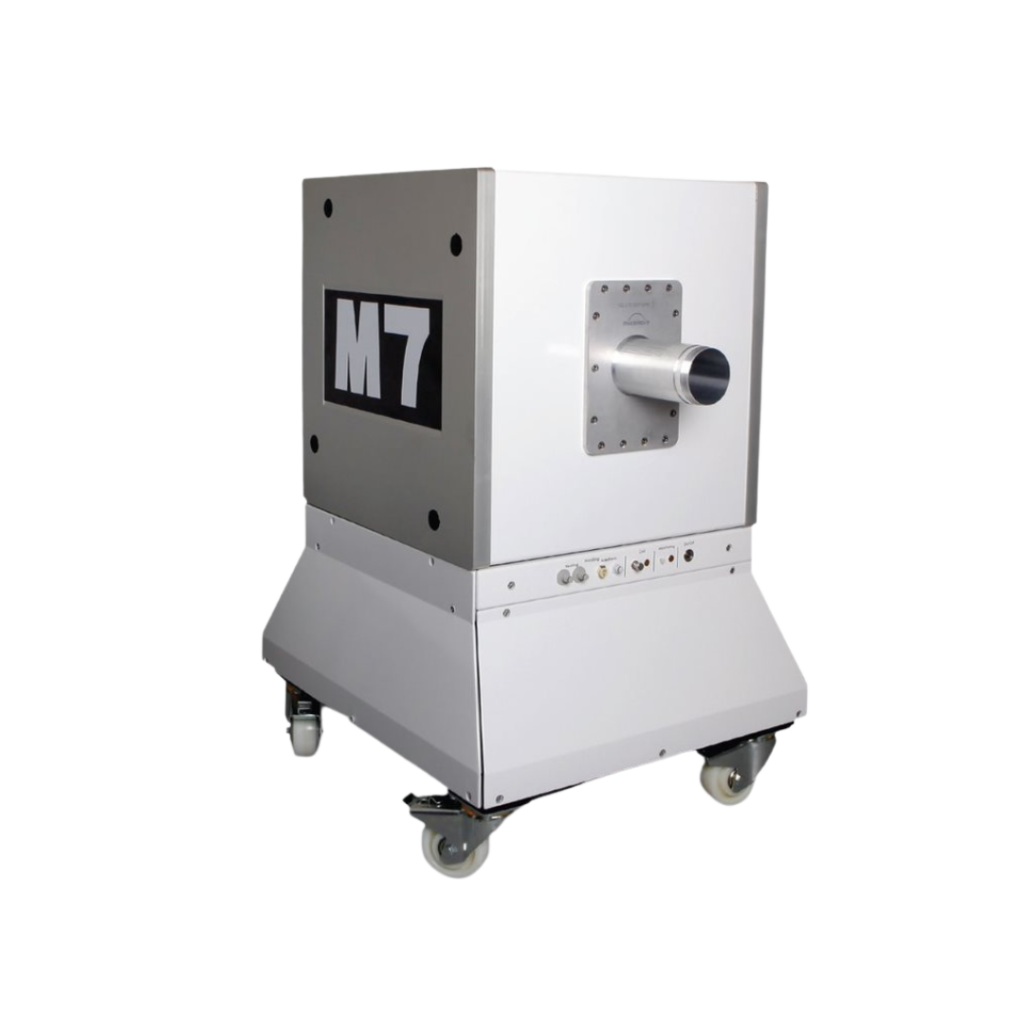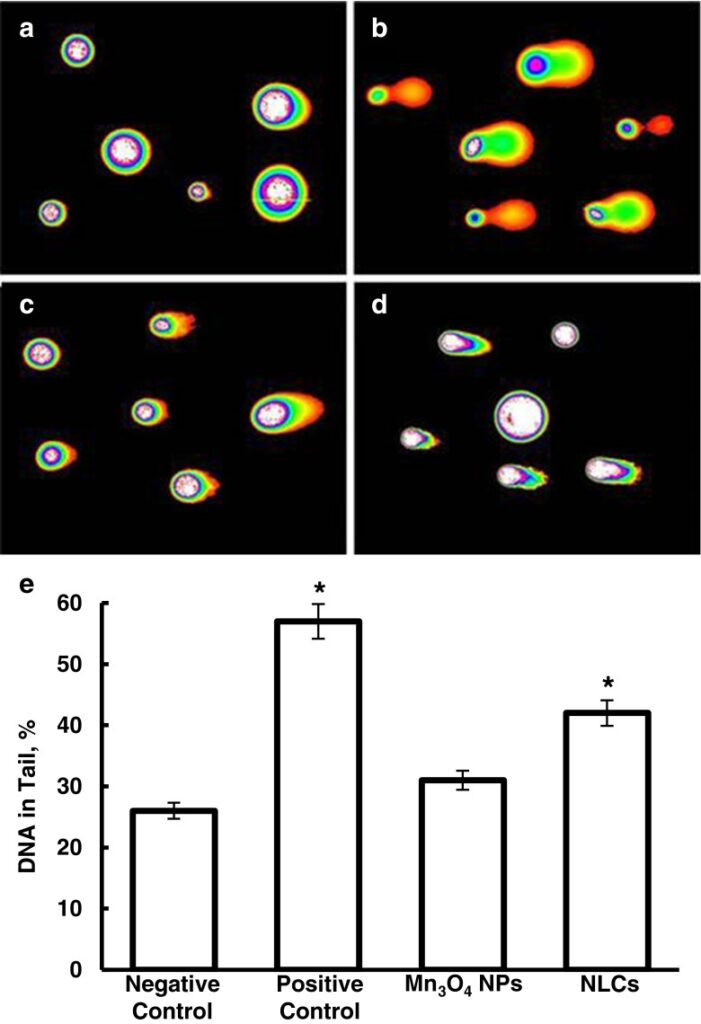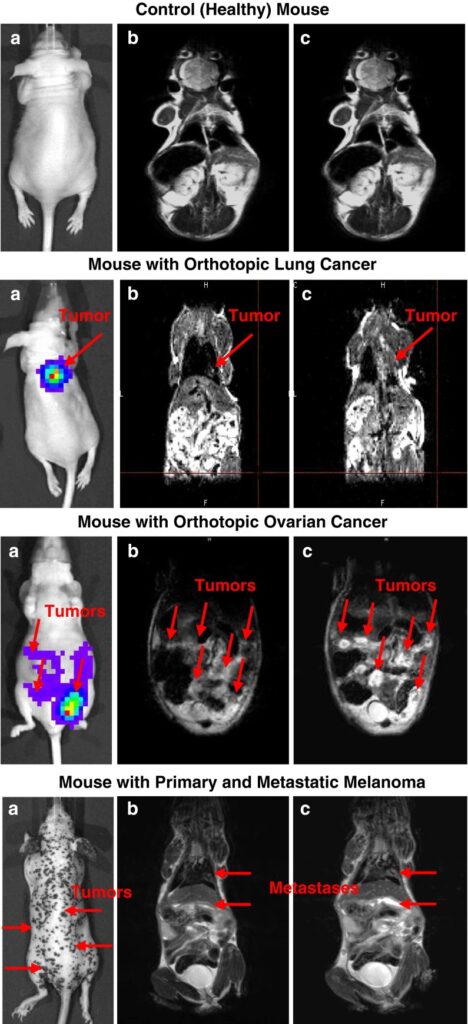Tumor-Targeted Responsive Nanoparticle-Based Systems for Magnetic Resonance Imaging and Therapy
Ronak Savla & Olga B. Garbuzenko & Suzie Chen & Lorna Rodriguez-Rodriguez & Tamara Minko
Received: 22 April 2014 /Accepted: 3 June 2014 /Published online: 13 June 2014
Pharm Res (2014) 31:3487–3502
DOI 10.1007/s11095-014-1436-x
System Used:
M-Series MRI

Abstract
Purpose: Design and synthesis of a tumor-responsive nanoparticle-based system for imaging and treatment of various cancers.
Methods: Manganese oxide nanoparticles (Mn3O4 NPs) were synthesized and modified with LHRH targeting peptide or antimelanoma antibodies (cancer targeting moieties) and a MMP2 cleavable peptide (a possible chemotactic factor). Nanostructured lipid carriers (NLCs) were used to entrap the BRAF inhibitor, vemurafenib, and enhance cytotoxicity of the drug. Size distribution, stability, drug entrapment, cytotoxicity and genotoxicity of synthesized nanoparticles were studied in vitro. Enhancement of MRI signal by nanoparticles and their body distribution were examined in vivo on mouse models of melanoma, ovarian and lung cancers.
Results: Uniform, stable cancer-targeted nanoparticles (PEGylated water-soluble Mn3O4 NPs and NLCs) were synthesized. No signs of cyto-,genotoxicity and DNA damage were detected for nanoparticles that do not contain an anticancer drug. Entrapment of vemurafenib into nanoparticles significantly enhanced drug toxicity in cancer cells with targeted V600E mutation. The developed nanoparticles containing LHRH and MMP2 peptides showed preferential accumulation in primary and metastatic tumors increasing the MRI signal in mice with melanoma, lung, and ovarian cancers.
Conclusions: The proposed nanoparticle-based systems provide the foundation for building an integrated MRI diagnostic and therapeutic approach for various types of cancer.

